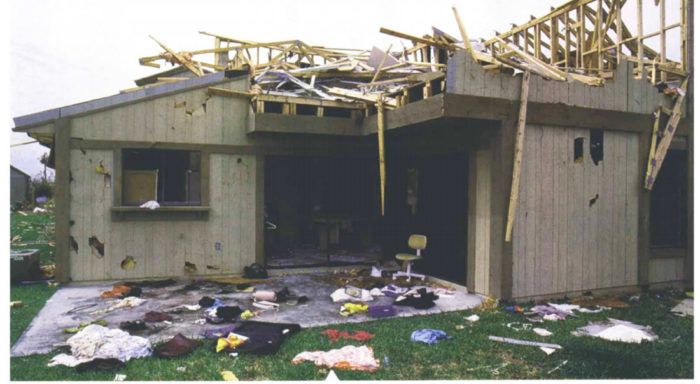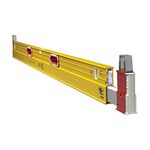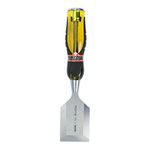Hurricane Warnings
Sifting through the wreckage of Hurricane Andrew to learn why some houses survived and some didn't.

Synopsis: Charles Miller traveled to Florida immediately after Hurricane Andrew struck Florida in 1992 to write this detailed account of how and why buildings were damaged and destroyed. His first-hand observations make good reading for anyone building in hurricane-prone areas.
At 3 a.m., Stan Makowski sat in his living room listening to the wind shriek by. He figured his house could take it. After all, the house started out as a bunker built during the Cuban missile crisis. It had a flat concrete roof and concrete block walls.
When he converted the bunker into his house, Makowski filled in a 6-ft. opening in the back wall with studs and gypsum board. Now as the wind picked up speed, Makowski gazed at a painting of fish hung on the gypsum-board wall. It was getting noisy outside. Makowski could hear tree limbs, hunks of sheet metal and parts of neighboring houses ricocheting around the yard and off his walls. The wind sucked at the windows and poured through the cracks. The painting seemed to be moving. Makowski pulled it aside and stared in astonishment at the framed wall—it was beating in and out, like a heart. So began the day of Homestead’s building inspector..
What greeted Makowski, and his colleagues in the south Florida building community, went beyond comprehension. In about four predawn hours on Aug. 24, 1992, Hurricane Andrew inflicted the most expensive natural disaster in U. S. history. Current estimates are that nearly 80,000 dwellings were destroyed by winds that gusted up to 160 mph and by the 10 in. of rain that fell during the storm. In Homestead, fully 80% of the buildings were beyond repair.
But a fair number of buildings did ride out the hurricane. If 20% of the houses were still standing, what set them apart from the houses that were demolished? And what clues could be found in the rubble that can help us build houses that will stay together when the next hurricane hits? I went to Miami to find out.
Old houses held up
The streets near the coast were lined with tree parts. Limbs, trunks, banyan tendrils and root balls were mounded high into yellowing hedges alongside the roads. Behind the mounds stood the remains of neighborhoods. In the hardest-hit places, homeowners have spray-painted notes to their insurance adjusters on the walls that were left standing. Occasional messages like, “House for sale, half off,” or, “Looters will be stoned with roof tile,” bespeak a community trying hard to maintain its sense of humor.
In general, houses were destroyed in one of two ways: constant gnawing or sudden collapse. Constant gnawing begins with the hurricane getting a finger into the house—usually at the roof. The roofing material peels away at the gable ends or eaves, exposing the edges of the roof sheathing. If it picks off a piece of sheathing, the wind shoves a torrent of rain down the attic’s throat. Saturated, the gypsum-board ceilings collapse. Then the wind is inside the house, and while the structure may survive, the interior and its contents are demolished.
For more photos and details on hurricane-pron houses, click the View PDF button below.
Fine Homebuilding Recommended Products
Fine Homebuilding receives a commission for items purchased through links on this site, including Amazon Associates and other affiliate advertising programs.

QuikDrive PRO300s

Stabila Extendable Plate to Plate Level

Short Blade Chisel






















